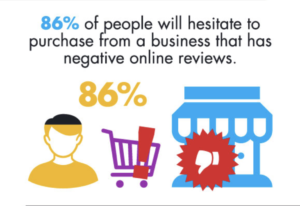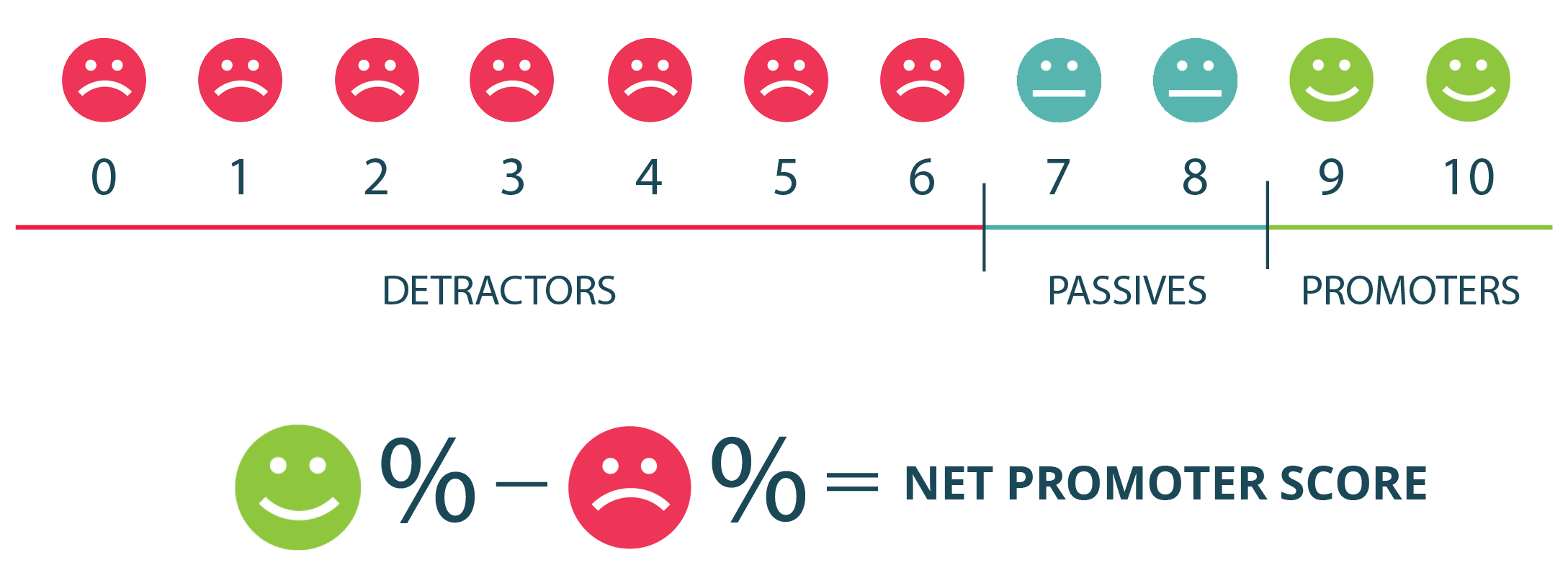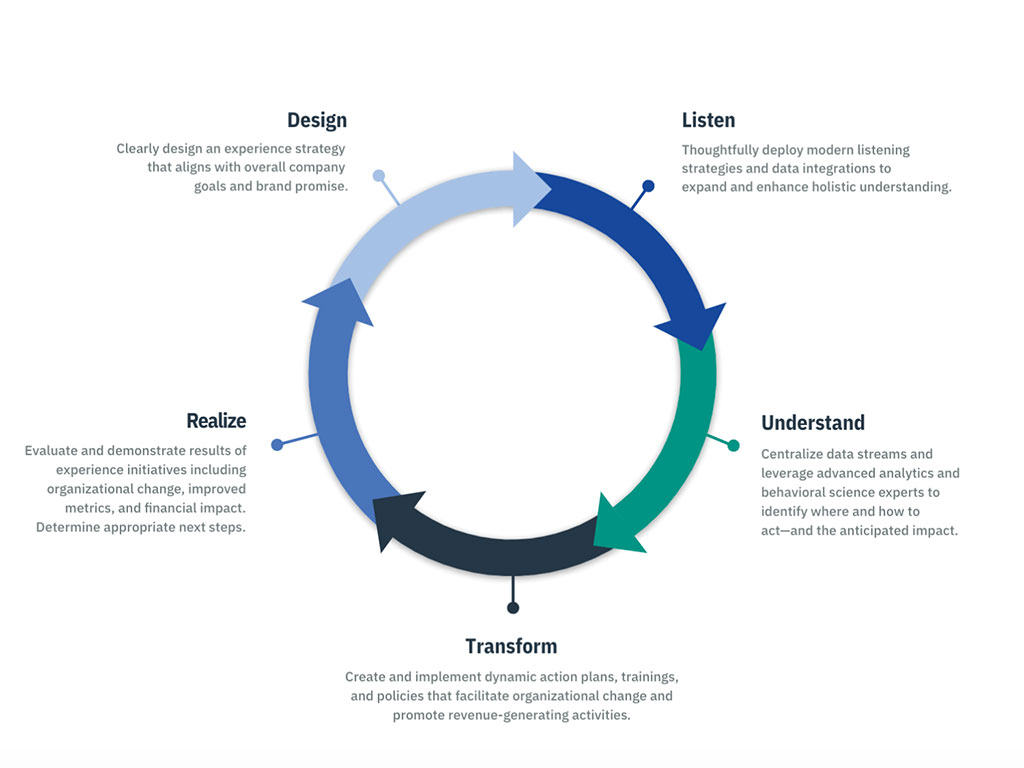
You don’t just want to appeal to new customers—you also want to keep your current ones coming back again and again. Not only do returning customers require less introduction to your products and services, but they also tend to spend more than first-time customers, too.
One user engagement strategy you can use to boost your customer retention is to make use of the Net Promoter Score (NPS) system. Simple to understand, this powerful metric can give you a wealth of information that you can use to improve your brand.
What Is Net Promoter Score?
NPS is a metric designed to measure customer experience. First, you ask your customers a simple question:
“On a scale of 0-10, how likely is it that you would recommend my brand/product/service to a friend or colleague?”
Then, customers are asked to explain in their own words why they chose the score they did.
From this, you can place your customers on a scale, where anyone who answered between 0-6 is a detractor, 7-8 is passive, and 9-10 are promoters.
In order to get your Net Promoter Score, you take the detractors away from the promoters.
Let’s say you’ve surveyed 100 people. Of these 100 people, 30 are detractors, 40 are promoters, and 30 are passive. That leaves you with:
40 – 30 = 10
Promoters – Detractors = NPS
Determining your NPS is important, of course, but analyzing the open-ended responses to the follow-up question is what will help you understand the “why” behind your score and make NPS feedback actionable.
What Do These Categories Mean?
Promoters
This category (people who selected 9 and 10) are your loyal fans. They’re likely to be repeat customers, often spending more on subsequent purchases. They generally have a positive view of your brand (meaning if they do contact you with a complaints, they’re often more forgiving).
As well as this, they tend to refer new customers to you – accounting for more than 80% of referrals for many businesses – and talk about you on social media/in person. You may see effusive praise, with descriptions like ‘we’ve been able to achieve our goals’ or ‘this is the only software I’ll use’, along with thoughtful suggestions for improvement.
Passives
This group (people who chose 7 or 8) tends to be satisfied, but not in the same way as promoters. They’re happy with their purchase, and they might buy from you again, though not nearly as reliably.
They are unlikely to complain about you to colleagues, but won’t necessarily spend their time singing your praises or talking about you on social media either. They’re also likely to evaluate competitors if they see an interesting advertisement or offer, rather than being wholly loyal to your brand.
Detractors
You might think that a 6 is a high score to count as a detractor, but generally, this group are unhappy customers. Encompassing everyone who chose between 0 and 6, they’re likely to talk badly about you. At the higher end, there might be some positives mentioned, but they’re still going to have complaints. This is where a lot of customer churn and defection comes in.
Sometimes these customers may seem profitable, as many of them may be spending a lot of money with you. However, an NPS program isn’t about the initial revenue generated by a customer or account, it’s about customer lifetime value. Detractors are at risk of leaving your business and can even give your brand a bad reputation (and the lower scorers are likely to be difficult for your staff to deal with at times).

What Is a Good Net Promoter Score?
Bain & Company, the originators of the score, consider between +30 and +40 to be a favorable score. (Why are we using +30, not just 30? Because it’s possible to have a negative score if you have more detractors than promoters). As you head up to +50, you’re looking at an outstanding result. If you’re at +80? That’s world class.
However, this will vary based on your industry and your location. Europe and Asia generally mark things more conservatively than the US. So, if you’re comparing your scores to your competitors, make sure you’re looking in the same place rather than at a global average. If your industry is one generally viewed negatively – think debt collection, or property management – then you’re generally going to have lower scores, too.
For this reason, it’s worth investigating NPS benchmarks for your industry, and your location, rather than relying on a general global average. It’s also worth focusing on improving your own score per quarter. If you go from 5 to 15, you may still be below the average, but a jump of 10 points is respectable and means you’re doing the right things.
5 Ways to Use NPS to Boost Customer Retention
Now you know what NPS is, it’s time to take a look at how you can use it to improve your customer retention.
#1: Make Sure It’s Accurate
Firstly, you need to make sure you’re starting off with an accurate assessment. There are a few common mistakes companies make, including:
- Asking leading questions on the survey
- Promising rewards for higher scores
- Using methods that increase bias (like face-to-face rather than anonymous online surveys)
- Only surveying happy customers
- Asking too many questions at once
Using “set and forget” NPS microsurveys can help you avoid these pitfalls. By starting with an accurate assessment, you can take the right steps. Having a false image of customer success can be harmful, as issues will go unrecognized and unresolved.
#2: Reach Out to Detractors
Responding to the customers who gave you lower marks is beneficial – both for finding out why they gave lower marks, and saving their business.
Contact detractors right away. If you can address their issue right away, you have a shot at keeping them as a customer.
Even if you can’t meet their needs, it is important that their feedback be acknowledged.
If you lack the time to personally reach out to each detractor, you can still mitigate negative feelings by automating your survey response. Send an email right away to thank them for their response, and ask for more feedback.
Reading through detractor feedback, you’ll gain insights into why they wouldn’t recommend you and be able to adjust accordingly. For example, if half of the detractors respond with ‘processing time is far too long’, then you have something to work toward.
Sometimes negative reviews are based on service factors, like the delivery company you used or customer support that is slow to respond. Sometimes, complaints won’t be directly about your business. For instance, if you provide companies with a virtual phone number, you might get complaints about it not working. Changing this can instantly boost results. Create the experience consumers expect by prioritizing improvements, drawn from their direct feedback.
Feed this data back into your product roadmap and to your sales team. Designing new products with these criticisms in mind can avoid the same issues in the future. Meanwhile, it also gives your sales team some leeway on what they can offer in response to these criticisms to overcome them at the point of sale or renewal. It’s an extra handy thing to add to their sales playbook.
For instance, if a customer is concerned about delivery times, give your customer success managers permission to upgrade them to expedited shipping at no extra cost. If they’ve had issues with subscription software, offer them a feature upgrade. All of these solutions can turn your detractors into passive customers – and potentially even promoters.

#3: Learn from Passives
Don’t ignore this group of customers. While detractors are clearly telling you their business is at risk, passives are more likely to silently churn. It is your job to find out why and whether you should focus attention on this group.
Segmenting your NPS feedback by business size or other factors will help you decide how important passive feedback is. If passives reside in important accounts or user groups, you may want to understand the “why” behind their lack of enthusiasm.
One way to do this is to customize the NPS follow-up question. If a customer scores you a 5 or a 6, ask them “What’s one thing we could do better?”
#4: Engage Your Promoters
Not all of your effort should focus on your unhappy customers, however. You know that this category of people has positive things to say about you – so why not turn that into something official?
Reach out to them and ask for reviews or personal testimonials you can use on your website. You might want to automate asking for a review. That way you ask at the right time — moments after a promoter scores you a 9 or a 10!
If you don’t already have referral marketing in place, it’s time to implement it. Roll it out by targeting these promoters, who you know are likely to make use of it.
This encourages customer retention by giving them special offers, but it also boosts acquisition at the same time. For B2B companies, this is especially helpful if some of your customers are well-known in their field, as businesses are likely to respect their opinion.
Referral and loyalty schemes aren’t always well suited to B2B brands, but customer marketing or a VIP program can work instead. Customer marketing seeks to deepen relationships by providing customers with multiple benefits. One such example might be providing access to your product roadmap as part of an advisory council. Alternatively, you could create a VIP ‘space’, where exclusive content and in-person events are offered.
#5: Thank Respondents
Reach out to your loyal customers, and thank them for being so.
Getting an email that says ‘thank you!’ is a great boost and encourages them to remain loyal. Video can improve customer experience, so having a thank you video may be worth the investment – especially if it is personalized or includes some behind the scenes content.
While most of these efforts should target your promoters, some of them can be sent out to your passive base, too – potentially converting those 7 or 8 scores into 9s and 10s. Add value to your initial product through a higher tier service, exclusive access to industry information, or trade-in offers. These methods can tempt passive customers into a deeper relationship with you.
Keep Going
Net Promoter Score shouldn’t be used as a one-off metric, but a regular measurement. To retain more customers, continue to listen to them, learn from their feedback, and take action. NPS is especially helpful for tracking if your tactics are working. You should see an improvement in retention as you begin to implement those suggestions above.
Equally, you might see a drop if something changes, like an operating system update or switching to an IVR system to route customer service calls. By regularly tracking NPS, you’ll spot improvements and problems quickly. You’ll know if something is working or not, and be able to mitigate negative effects as soon as possible.
NPS will help you improve the customer experience you’re providing and that’s the best route to customer loyalty.
Retain more customers with InMoment, the #1 Net Promoter Score platform for SaaS











